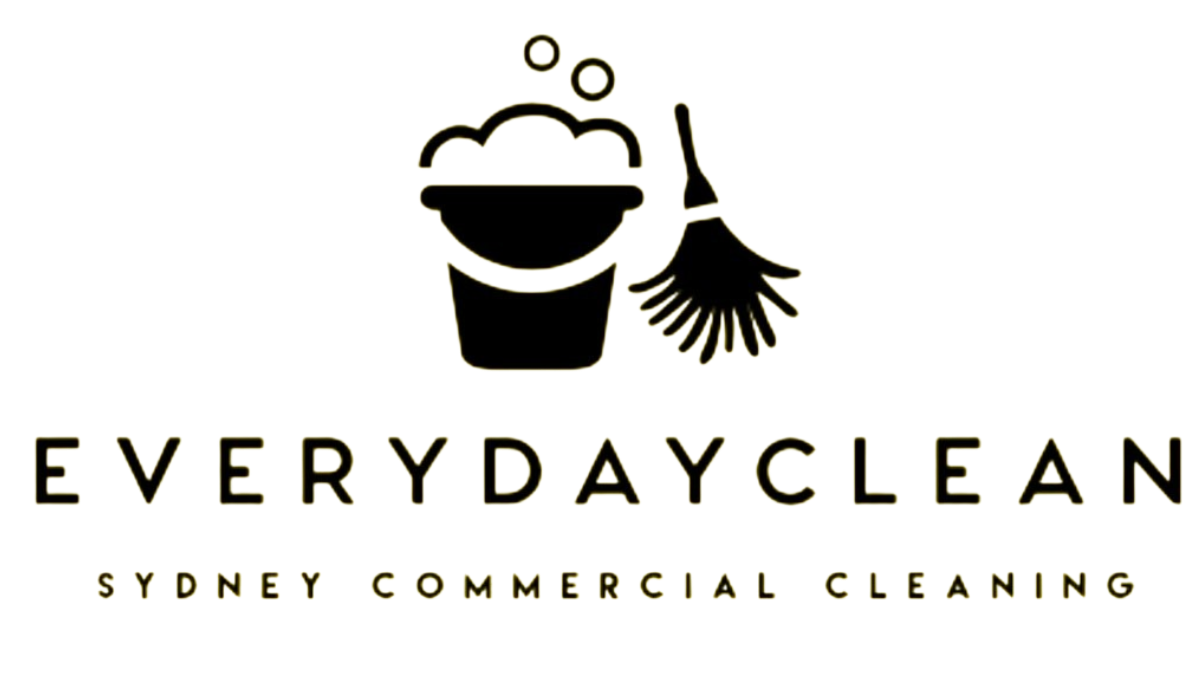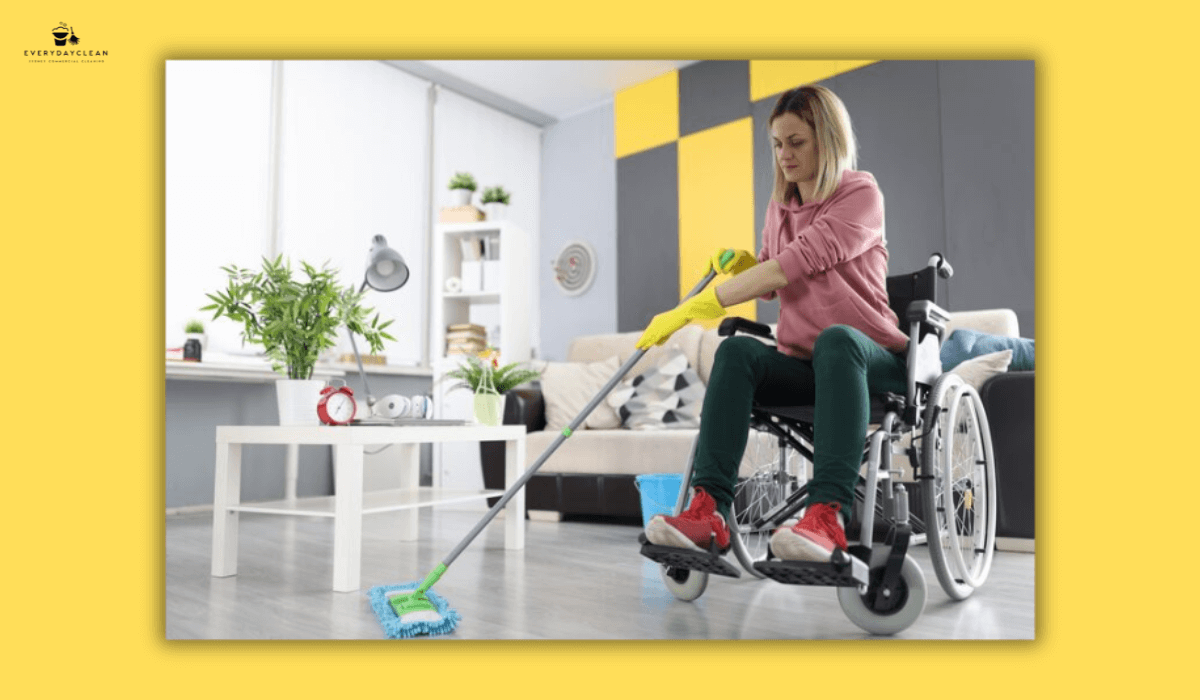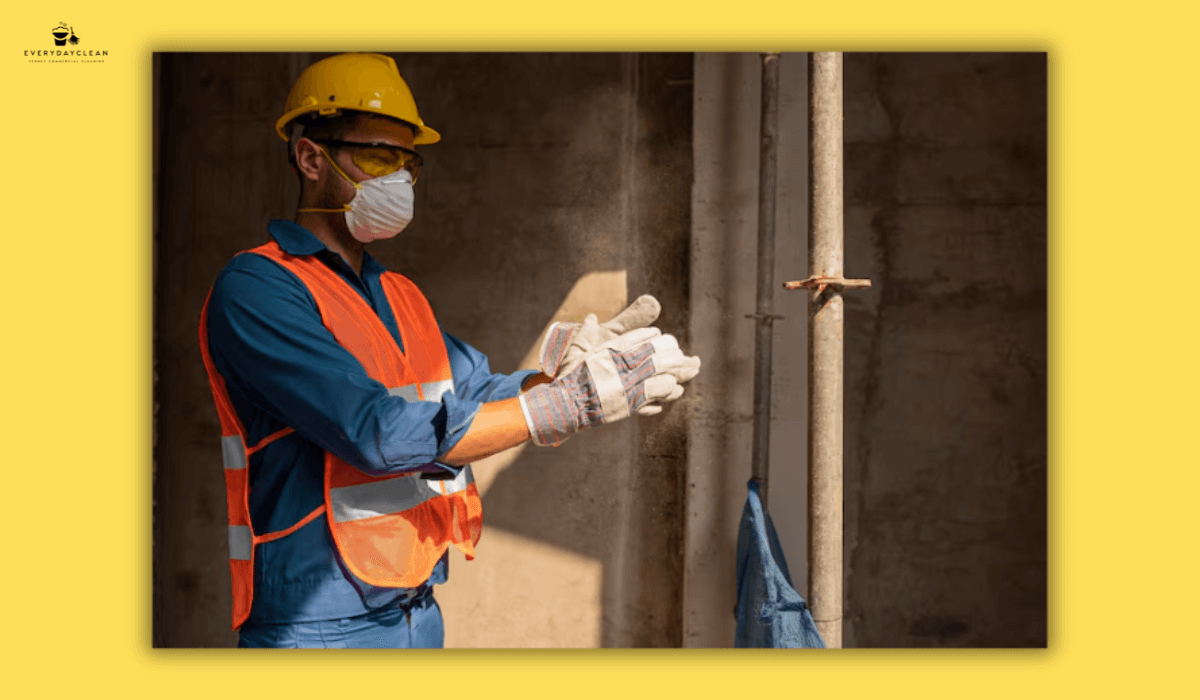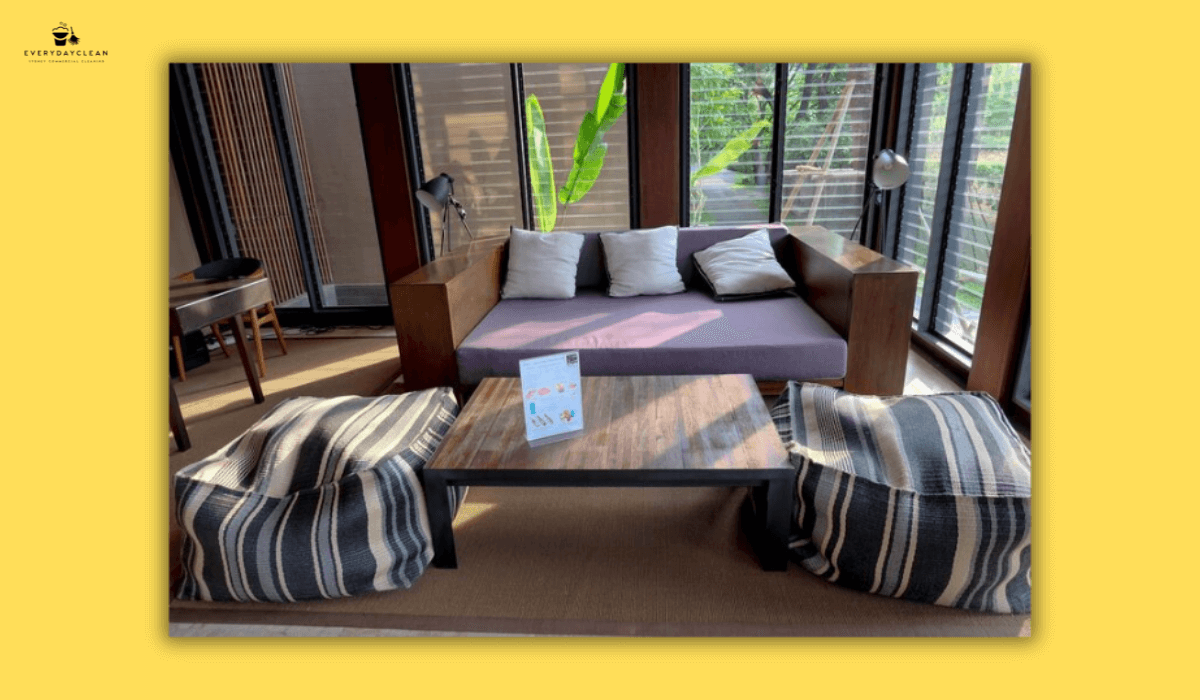45-Point Gym Cleaning Checklist for a Spotless Facility
A gym cleaning checklist is essential for maintaining hygiene, safety, and member satisfaction in any fitness facility. It involves disinfecting all exercise equipment and touchpoints, sanitising every floor surface, and keeping restrooms and locker rooms spotless — with special focus on toilets, basins, and showers. The checklist should also include reception areas, mirrors, windows, and trash removal to ensure the entire gym looks and smells fresh. Dividing tasks into daily, weekly, and monthly cleaning schedules helps prevent bacteria build-up, extends equipment lifespan, and maintains the high cleanliness standards expected in professional gyms.
Daily Gym Cleaning Checklist
Daily cleaning sets the foundation for hygiene control. Sweat, dust, and skin oils build up quickly on equipment, making consistent cleaning essential. A structured daily routine reduces contamination risks, prevents equipment wear, and preserves a professional gym image.
Morning and Mid-Day Cleaning Routine
Start by refreshing high-traffic zones and shared equipment to maintain hygiene between member sessions. Focus on visible cleanliness — smudges, sweat marks, and fingerprints — as they strongly influence customer perception.
- Reception and Entry: Wipe desks, door handles, and EFTPOS terminals with disinfectant. Clean glass doors and mirrors.
- Cardio Equipment: Disinfect screens, handles, rails, and buttons with a non-abrasive cleaner.
- Strength Machines and Free Weights: Clean benches, pads, dumbbells, and barbells using pH-neutral detergent. Dry surfaces to prevent corrosion.
- Floors: Sweep and mop with a pH-neutral floor cleaner suitable for rubber and vinyl. Use wet-floor signage to avoid slips.
- Locker Rooms and Bathrooms: Clean taps, mirrors, lockers, and benches. Disinfect toilets, basins, and showers. Refill soap and paper dispensers.
- Laundry and Bins: Wash towels on a hot cycle and replace liners in every bin.
This rotation should repeat at least twice daily in busy gyms — once in the morning and again before closing — ensuring constant cleanliness during operational hours.
Weekly Gym Cleaning Checklist
While daily tasks focus on surface cleaning, weekly sessions tackle deep grime and hard-to-reach areas. This schedule helps remove residue and extend the lifespan of gym assets such as mats, equipment upholstery, and flooring.
Before beginning, switch off electrical machines, remove dust from vents, and allocate proper dwell time for disinfectants.
- Showers and Bathrooms: Scrub grout, descaling taps and showerheads to eliminate mineral deposits.
- Equipment Deep Clean: Degrease machine frames and guide rods, polish stainless steel, and re-lubricate moving parts.
- Flooring: Vacuum rubber tiles and extract dirt using an auto-scrubber with a neutral detergent.
- Glass and Mirrors: Clean all mirrors, light fixtures, and glass partitions for streak-free clarity.
- Storage Areas: Wipe shelving, disinfect shared equipment like yoga blocks and foam rollers, and organise chemical storage.
- Reception and Common Areas: Dust surfaces, disinfect seating, and sanitise touchscreens or keypads.
Weekly deep cleaning restores freshness and supports long-term equipment hygiene — particularly important in high-membership gyms or 24/7 facilities.

Monthly Gym Cleaning Checklist
Monthly cleaning sessions are designed for preventive maintenance — addressing invisible hygiene issues and maintaining compliance with safety standards. These tasks are more technical but critical for protecting the gym’s infrastructure.
Begin by scheduling after-hours cleaning to minimise disruption and allow adequate drying time for all surfaces.
- Air Conditioning and Ventilation: Clean return vents and replace filters to improve air quality and reduce odours.
- Sauna and Steam Rooms: Use timber-safe cleaners for benches and disinfect steam outlets and floors.
- Lighting and Fixtures: Dust overhead lights, sound systems, and CCTV cameras.
- Floor Repairs: Inspect vinyl or rubber seams and replace damaged sections to prevent trip hazards.
- High-Dusting: Remove cobwebs and dust from trusses and ceiling fans.
- Equipment Safety Checks: Inspect pads and fasteners for damage, ensuring all gear is safe for members.
This stage not only maintains hygiene but also reinforces the gym’s professional standard and durability.
How to Implement a Gym Cleaning Checklist
A gym cleaning checklist becomes effective only when properly integrated into daily operations. Below is a structured approach to ensure accountability and efficiency.
- Map Cleaning Zones: Divide the gym into reception, workout areas, changerooms, bathrooms, and storage zones.
- Assign Responsibilities: Allocate specific staff to each zone with time estimates and cleaning orders.
- Use Proper Products: Combine pH-neutral cleaners, hospital-grade disinfectants, and colour-coded tools to avoid cross-contamination.
- Train and Monitor Staff: Educate cleaners on dwell times, product safety, and correct sequencing (“clean first, disinfect second”).
- Record and Audit: Maintain a cleaning log signed after each shift. Conduct weekly inspections using ATP tests or visual checks.
When followed consistently, this system ensures a spotless gym that reflects professionalism and care.

Zone-by-Zone Cleaning Focus
Each area of a gym has unique hygiene demands. Understanding the correct approach for every zone ensures a higher standard of cleanliness and a safer environment for members.
Cardio and Strength Equipment
Machines accumulate sweat and bacteria rapidly. Power down equipment, spray disinfectant onto a cloth (not directly onto consoles), and wipe down all touchpoints, including rails and adjustment levers. Use a microfibre cloth to dry and polish surfaces. Weekly, check under and around machines for dust and debris build-up.
Gym Floors and Mats
Rubber and vinyl floors should be vacuumed daily and mopped with a pH-neutral cleaner. Avoid bleach, which can damage binding agents. Disinfect with peroxide-based sprays compatible with rubber, allowing sufficient dwell time. Ensure complete drying to prevent slips and odours. For step-by-step techniques on maintaining mat safety and longevity, check out this guide on how to clean rubber gym mats.
Locker Rooms and Showers
These are the most bacteria-prone areas. Use non-acidic descalers on tiles and taps, disinfect benches, and keep drains clear. Wash bathmats, towels, and curtains frequently, and ventilate rooms after every session to control humidity and mildew.
Products and Disinfectant Safety
Every cleaner should understand the difference between cleaning and disinfecting. Cleaning removes dirt; disinfecting kills pathogens. Use TGA-approved hospital-grade disinfectants with specified dwell times (typically 1–10 minutes). Always confirm chemical compatibility with surfaces like rubber, chrome, and vinyl.
To prevent cross-contamination:
- Assign
colour-coded cloths and mops (red for toilets, yellow for changerooms, blue for general areas).
- Never mix products such as bleach and ammonia.
- Store Safety Data Sheets (SDS) and label all containers clearly.
- Provide gloves, masks, and eye protection for staff using concentrated chemicals.
A clear chemical management plan is essential to protect both cleaners and gym users.
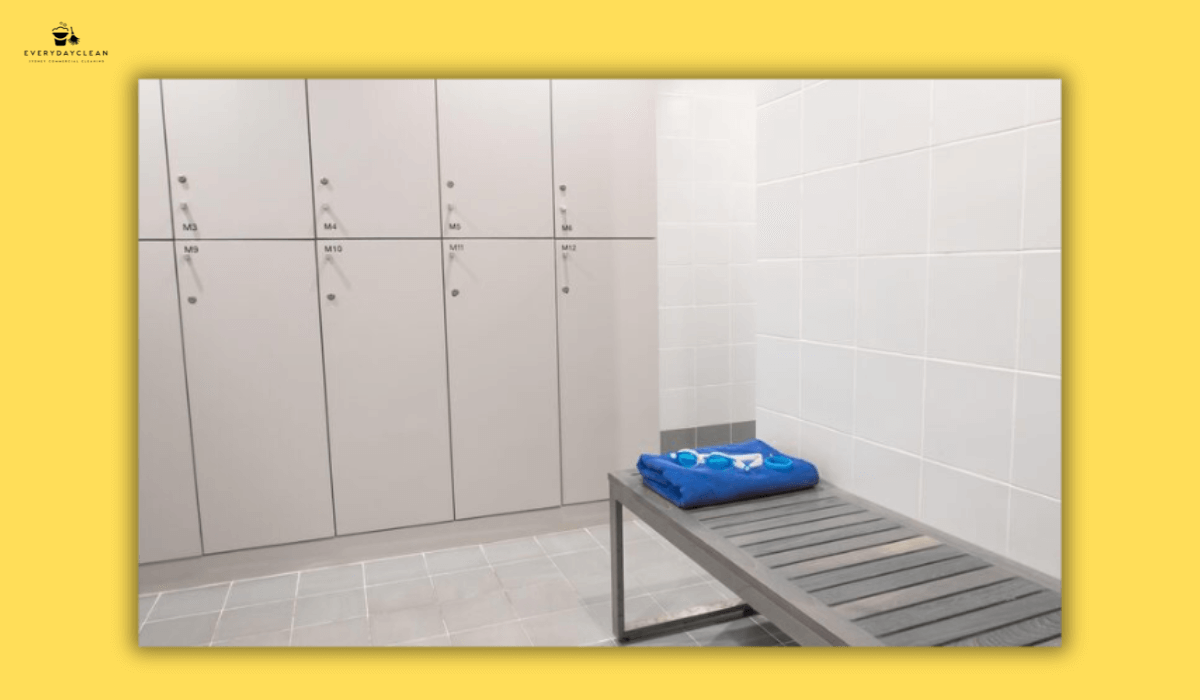
FAQs: Gym Cleaning Checklist
Before moving to specific questions, it’s important to highlight that most cleaning inconsistencies stem from incorrect dwell times or missed disinfection zones. The following FAQs address common real-world issues gym operators face.
How often should gym equipment be deep-cleaned?
Gym equipment should be wiped and disinfected daily, but deep cleaned weekly to remove residue from frames and padding. High-use machines such as treadmills and benches require extra attention — disassemble parts where necessary and re-lubricate moving mechanisms. Always check manufacturer guidelines before using solvents on consoles or coated metal surfaces.
What is the best disinfectant for gyms?
The best disinfectants are quaternary ammonium compounds (quats) or accelerated hydrogen peroxide solutions, both approved by the TGA. They effectively eliminate bacteria and viruses without damaging rubber, vinyl, or stainless steel. Avoid chlorine bleach for routine cleaning, as it corrodes equipment and emits harsh fumes.
How can gyms prevent cross-contamination during cleaning?
Implement a colour-coded cleaning system, ensuring separate tools for each zone. Sequence cleaning from the cleanest areas (gym floor, reception) to the dirtiest (toilets). Change gloves between zones and sanitise mop handles and caddies daily. This structured workflow minimises bacterial spread between wet and dry spaces.
How can gyms calculate cleaning hours or staff requirements?
Estimate based on gym size and equipment count. For example, each cardio machine takes about one minute to wipe and disinfect, while changerooms require 20–30 minutes, depending on size. Add extra time for weekly deep cleaning. Record real timings for two weeks and adjust schedules for accuracy.
Conclusion
A professional gym cleaning checklist ensures every corner — from equipment and mats to locker rooms — stays spotless, safe, and odour-free. Consistent cleaning prevents bacteria build-up, supports member wellbeing, and upholds hygiene standards expected in Australian fitness centres.
For Sydney facilities seeking reliable, eco-friendly cleaning solutions, Everyday Clean offers tailored gym cleaning services using TGA-approved products and trained staff who understand the rhythm of fitness environments. Keep your gym hygienic, compliant, and always ready for the next workout.
Author: Everyday Clean Content Team
Everyday Clean is Sydney’s trusted provider of commercial cleaning services, specialising in gyms, schools, offices, and childcare centres. Our licensed professionals use eco-friendly equipment and hospital-grade disinfectants to deliver safe, compliant, and spotless results across all facilities.
